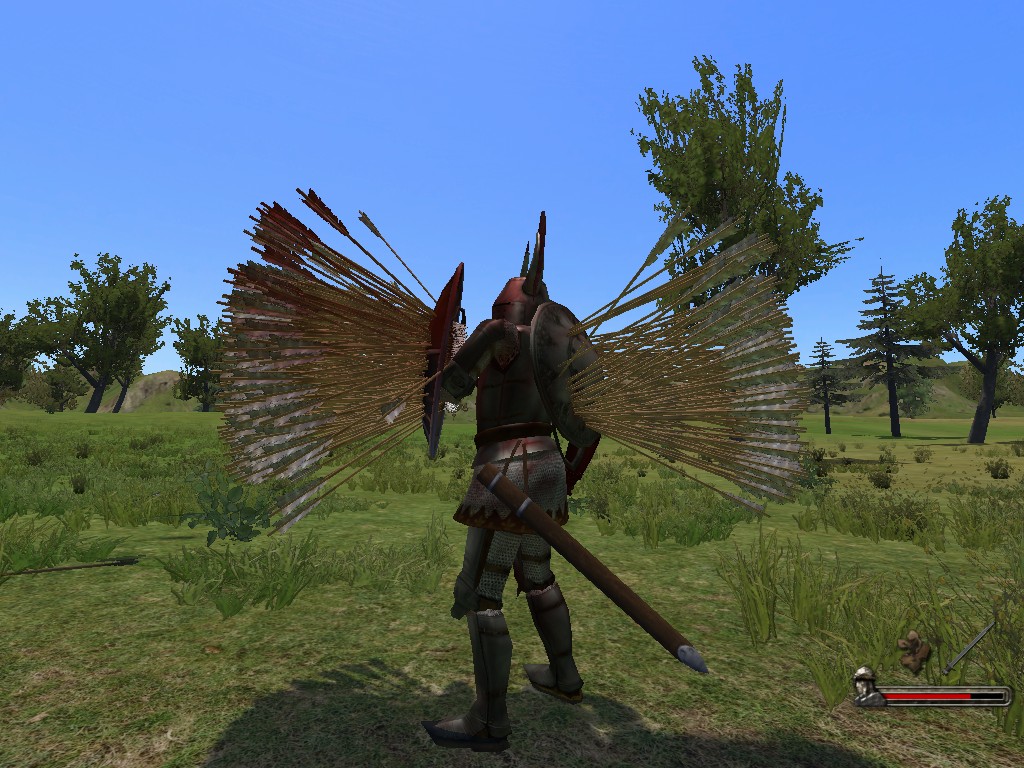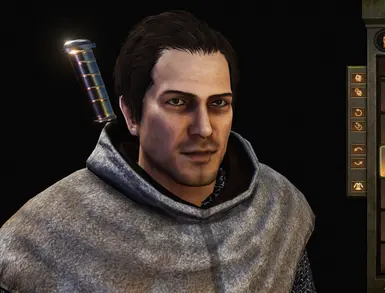
Their primary purpose is increasing travel speed, increasing carrying capacity, and providing mounts for knights and war. They can be used for food, although this is obviously ill-advised and costly.

The second subcategory includes all mounts. They are all raised in towns around the Calradian countryside.Ģ.2. This first subcategory includes traditional livestock animals that are used for food and resources. Livestock includes all animals and mounts.Ģ.1. These are often best used to upgrade your player and companions and then either sell at the nearest town or in the case of weapons smelt at the smith’s for crafting resources. It consists of all weapons, armour, and ammunition. These are items that are often plundered off the battlefield. towns that raise cows also produce butter and cheese). Each town specializes in one base item, which can sometimes have related items (i.e. All items are produced at a town or city, with the exception of weapons, armour, and ammunition which can all only be bought, plundered, or sometimes crafted. The game contains 3 categories of items in regards to trading. In future updates I would like to add more details on caravans, workshops, fiefs, and how resources play into the prosperity and success of different regions and factions. It is based on my observation from trading different goods around Calradia and creating a large horde of wealth early game.

It will also go into how to use this to trade using your party, with a focus on early to mid game, and the implications this has on building workshops and caravans. This guide will present an overview of resource flow in Mount and Blade 2 Bannerlord as of early access release.


 0 kommentar(er)
0 kommentar(er)
